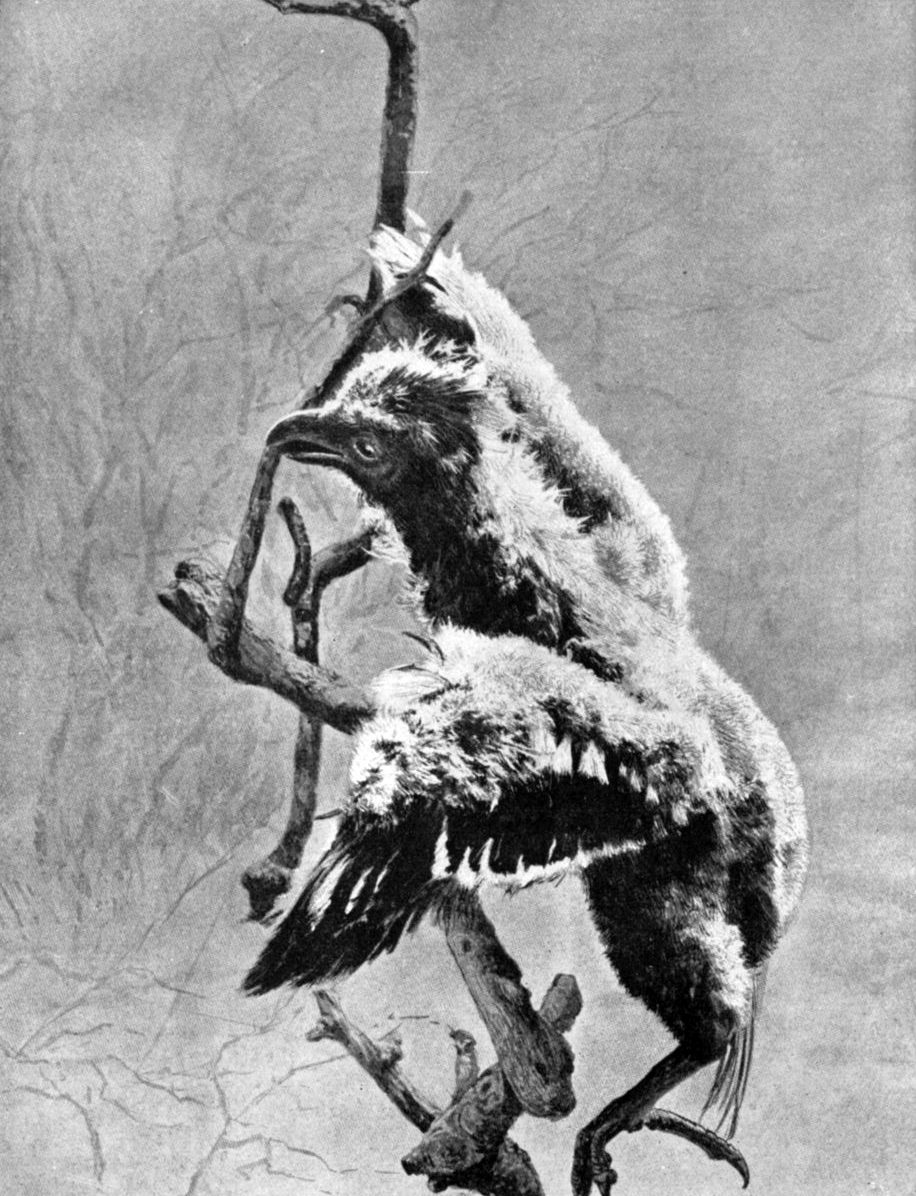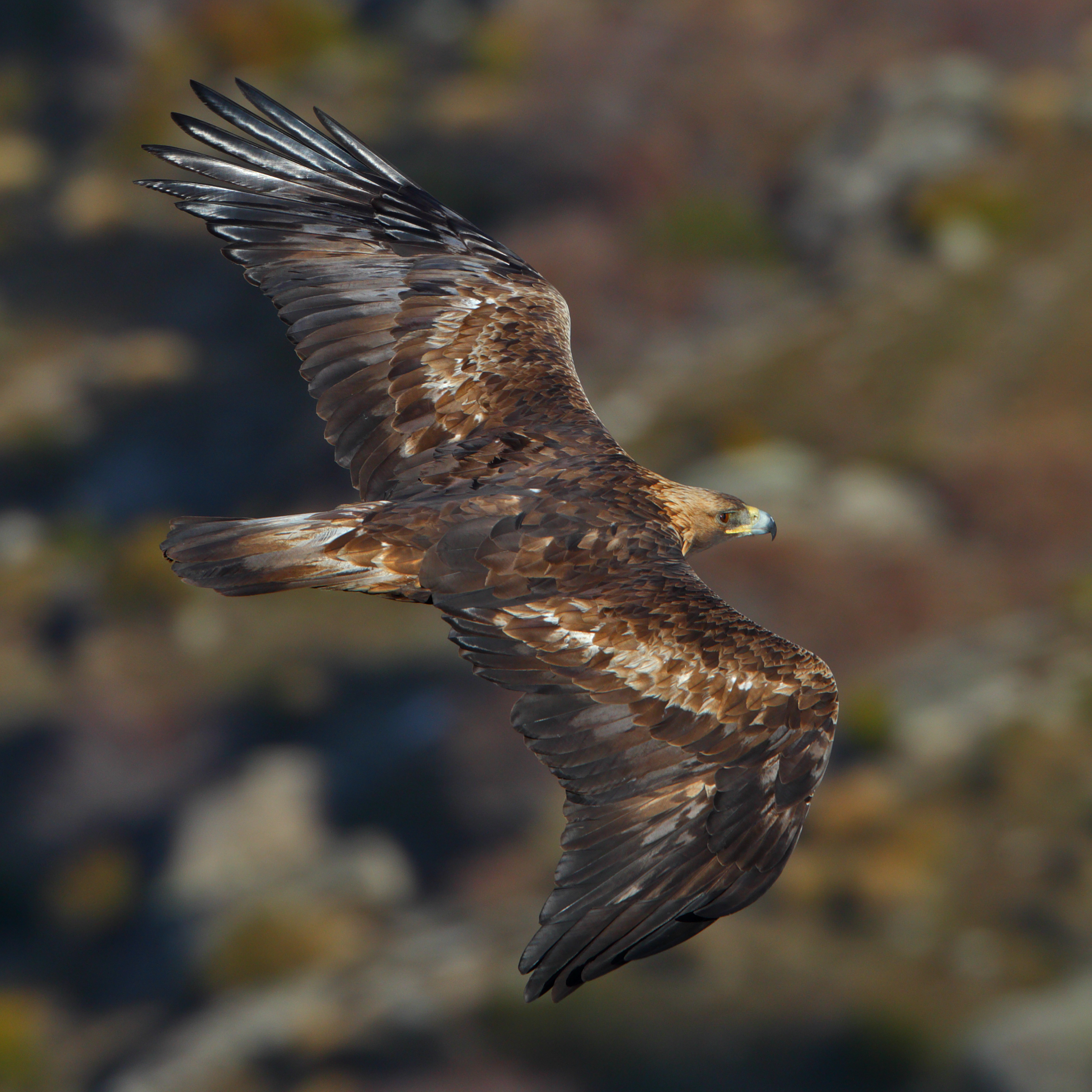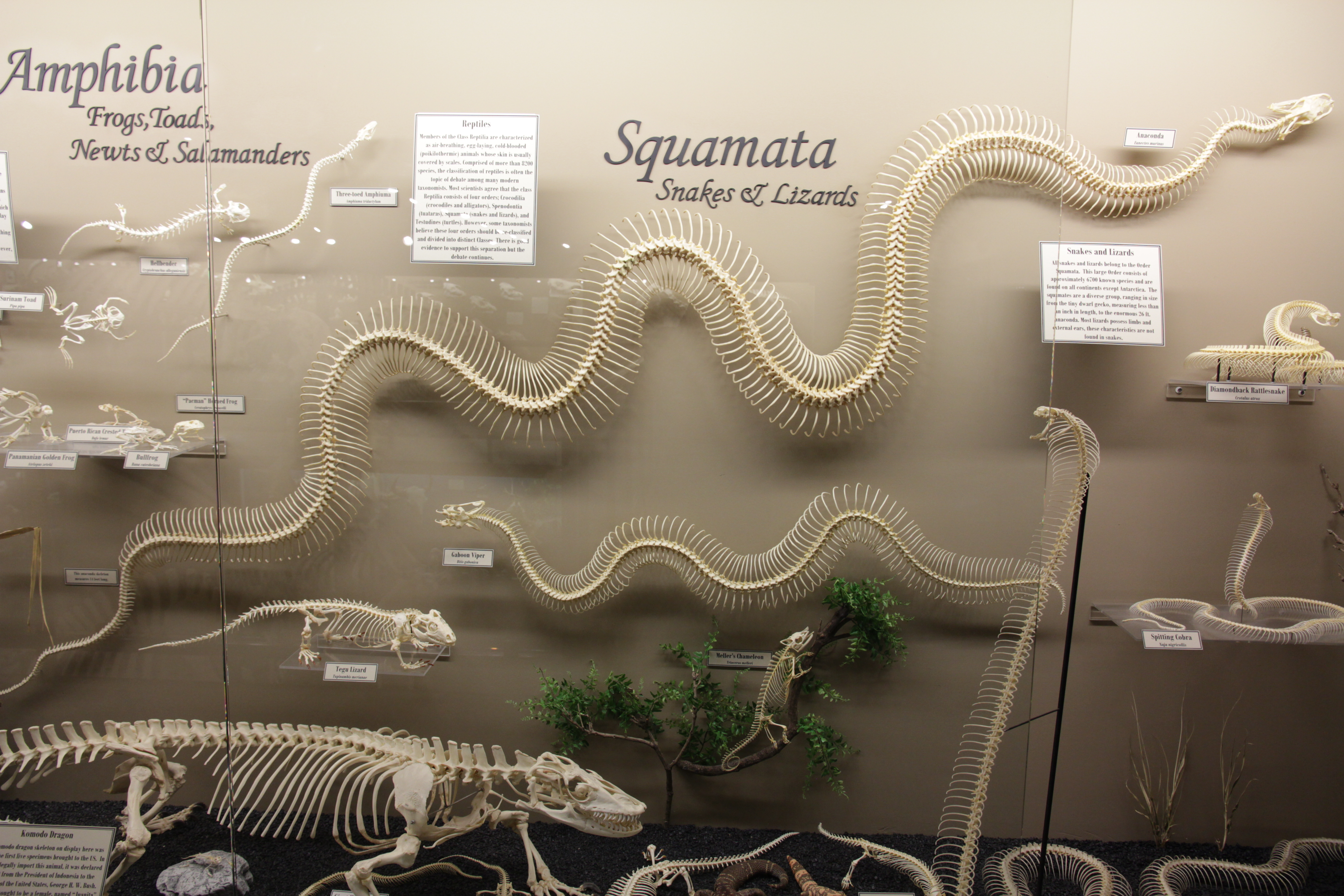|
Fauna Of Guyana
The fauna of Guyana comprises all the animal species inhabiting the country of Guyana, which is part of the Neotropical realm, neotropical Biogeographic realm, realm. Guyana has many Endemism, endemic species and one of the highest biodiversity rates in the world as a result of the majority of the country being part of the Amazon rainforest, and as a result a large amount of the species being types of frogs or spiders. Guyana's has three distinct main biomes are tropical rainforests, wetlands, and savannas, and each biome has unique fauna associated. There are 47,677 unique species classified as part of Guyana, of which 17,291 (36.27%) are classified as an endangered species. As part of Conservation biology, conservation efforts, parts of Guyana have been designated as national parks. Rainforest fauna Being part of the Amazon rainforest, a lot of Guyana's rainforest fauna is not exclusively Native species, native. Its high biodiversity also means that a significant variety ... [...More Info...] [...Related Items...] OR: [Wikipedia] [Google] [Baidu] |
Jaguar (Panthera Onca Palustris) Male Three Brothers River 2 (cropped)
The jaguar (''Panthera onca'') is a large cat species and the only living member of the genus ''Panthera'' that is native to the Americas. With a body length of up to and a weight of up to , it is the biggest cat species in the Americas and the third largest in the world. Its distinctively marked coat features pale yellow to tan colored fur covered by spots that transition to rosettes on the sides, although a melanistic black coat appears in some individuals. The jaguar's powerful bite allows it to pierce the carapaces of turtles and tortoises, and to employ an unusual killing method: it bites directly through the skull of mammalian prey between the ears to deliver a fatal blow to the brain. The modern jaguar's ancestors probably entered the Americas from Eurasia during the Early Pleistocene via the land bridge that once spanned the Bering Strait. Today, the jaguar's range extends from the Southwestern United States across Mexico and much of Central America, the Amazon ra ... [...More Info...] [...Related Items...] OR: [Wikipedia] [Google] [Baidu] |
Mammal
A mammal () is a vertebrate animal of the Class (biology), class Mammalia (). Mammals are characterised by the presence of milk-producing mammary glands for feeding their young, a broad neocortex region of the brain, fur or hair, and three Evolution of mammalian auditory ossicles, middle ear bones. These characteristics distinguish them from reptiles and birds, from which their ancestors Genetic divergence, diverged in the Carboniferous Period over 300 million years ago. Around 6,640 Neontology#Extant taxon, extant species of mammals have been described and divided into 27 Order (biology), orders. The study of mammals is called mammalogy. The largest orders of mammals, by number of species, are the rodents, bats, and eulipotyphlans (including hedgehogs, Mole (animal), moles and shrews). The next three are the primates (including humans, monkeys and lemurs), the Artiodactyl, even-toed ungulates (including pigs, camels, and whales), and the Carnivora (including Felidae, ... [...More Info...] [...Related Items...] OR: [Wikipedia] [Google] [Baidu] |
Horned Screamer
The horned screamer (''Anhima cornuta'') is a species of bird that belongs to a relatively small family, the Anhimidae, which occurs in wetlands of tropical South America. There are three screamer species, the other two being the southern screamer and the northern screamer in the genus ''Chauna''. They are related to ducks, geese and swans, which are in the family Anatidae, but have bills looking more like those of game birds. Taxonomy Already known in the 17th century, the horned screamer was described in 1766 by the Swedish naturalist Carl Linnaeus in the twelfth edition of his ''Systema Naturae''. He introduced the binomial name ''Palamedea cornuta''. The horned screamer is now the only species placed in the genus ''Anhima'' that was introduced by the French zoologist Mathurin Jacques Brisson in 1760. The specific epithet ''cornuta'' is the Latin word for "horned". The German naturalist Georg Marcgrave had used the Latin name ''Anhima'' in 1648 for the horned screamer in h ... [...More Info...] [...Related Items...] OR: [Wikipedia] [Google] [Baidu] |
Berbice River
The Berbice River , located in eastern Guyana, is one of the country's major rivers. It rises in the highlands of the Rupununi region and flows northward for through dense forests to the coastal plain. The river's tidal limit is between from the sea. Geography Obstructed by shallows at its estuary, the Berbice River's mouth is the location of Crab Island, opposite the mouth of the Canje River, the Berbice's main tributary. Quantity of water based on the streamflow of the gauging station at Itabu Falls (04'52'N0'50'13'W) is . History The Dutch established a foothold on the Berbice River as early as 1629 for trading with the Amerindians. Plantations formed along the river, and it later became the location of a major slave uprising. In 1627, the settlement of Nassau (the name was used for many of the Dutch forts in the seventeenth century) was founded by the Dutch West India Company. The area was passed over to the British in 1815 and merged with the neighboring British Gu ... [...More Info...] [...Related Items...] OR: [Wikipedia] [Google] [Baidu] |
Hoatzin
The hoatzin ( ) or hoactzin ( ) (''Opisthocomus hoazin'') is a species of tropical bird found in swamps, riparian forests, and mangroves of the Amazon and the Orinoco basins in South America. It is the only extant species in the genus ''Opisthocomus'' which is the only extant genus in the Opisthocomidae family under the order of Opisthocomiformes. Despite being the subject of intense debate by specialists, the taxonomic position of this family is still far from clear. The hoatzin is notable for its chicks having primitive claws on two of their wing digits; the species also is unique among birds, in possessing a digestive system that non-trivially supports the fermentation and the effective breaking-down of plant matter, a trait more commonly known from herbivorous ungulate-ruminant mammals and some primates. This bird is also the national bird of Guyana, where the local name for this bird is Canje pheasant. Description The hoatzin is pheasant-sized, with a total length of ... [...More Info...] [...Related Items...] OR: [Wikipedia] [Google] [Baidu] |
List Of National Birds
This is a list of national birds, including official birds of overseas territories and other states described as nations. Most species in the list are officially designated. Some species hold only an "unofficial" status. The column is marked as ''Yes'' only if the bird currently holds the position of the official national bird. Additionally, the list includes birds that were once official but are no longer, as well as birds recognized as national symbols or for other symbolic roles. National birds See also * List of Australian bird emblems * List of Indian state birds * List of U.S. state birds * List of U.S. county birds * List of official city birds * List of national animals References {{DEFAULTSORT:List of National Birds N Birds ... [...More Info...] [...Related Items...] OR: [Wikipedia] [Google] [Baidu] |
Opisthocomus Hoazin (Pava Hedionda) (14067327210)
The hoatzin ( ) or hoactzin ( ) (''Opisthocomus hoazin'') is a species of tropical bird found in swamps, riparian forests, and mangroves of the Amazon and the Orinoco basins in South America. It is the only extant species in the genus ''Opisthocomus'' which is the only extant genus in the Opisthocomidae family under the order of Opisthocomiformes. Despite being the subject of intense debate by specialists, the taxonomic position of this family is still far from clear. The hoatzin is notable for its chicks having primitive claws on two of their wing digits; the species also is unique among birds, in possessing a digestive system that non-trivially supports the fermentation and the effective breaking-down of plant matter, a trait more commonly known from herbivorous ungulate-ruminant mammals and some primates. This bird is also the national bird of Guyana, where the local name for this bird is Canje pheasant. Description The hoatzin is pheasant-sized, with a total length of , a ... [...More Info...] [...Related Items...] OR: [Wikipedia] [Google] [Baidu] |
Lachesis (genus)
''Lachesis'' (also known commonly as the bushmasters) is a genus of pit vipers in the family Viperidae. Member species are found in forested areas of the Neotropics. The generic name refers to one of the Three Fates, Lachesis (in Greek mythology), who determined the length of the thread of life. Four species are currently recognized as being valid. Taxonomy The genus ''Lachesis'' was traditionally composed of only three species, but Campbell and Lamar (2004) recognized a fourth species, ''L. acrochorda'' ( García, 1896), referring to it as the Chochoan bushmaster. Its evolutionary relationships are not certain, but ''Lachesis acrochorda'' is thought to be closer to ''L. muta'' than to the two Central American species ''L. stenophrys'' and ''L. melanocephala''. Species ''* Not including the nominate subspecies.'' Type species. Description Adults of the genus ''Lachesis'' typically range in total length (including tail) from , although some may grow to as much as , makin ... [...More Info...] [...Related Items...] OR: [Wikipedia] [Google] [Baidu] |
Rainbow Boa
The rainbow boa (''Epicrates cenchria'') is a boa species endemic to Central and South America. A semi-arboreal species (not only do they climb in the wild but also proven in captivity), it is known for its attractive iridescent/holographic sheen caused by structural coloration. Five subspecies are currently recognized, including the nominate subspecies described here. Distribution and habitat The rainbow boa is found in lower Central America (Costa Rica and Panama), and farther south into South America. It occurs east of the Andes, roughly reaching northern Argentina (in the provinces Chaco, Córdoba, Corrientes, Formosa, Salta, Santiago del Estero and Tucumán). The rainbow boa's habitat generally consists of humid woodlands and rainforests, but it can also be found in open savannas. Description The rainbow boa is typically orange, brown, or reddish brown, with a paler belly and black markings: three parallel stripes on the head, rings down the back, and lateral blotche ... [...More Info...] [...Related Items...] OR: [Wikipedia] [Google] [Baidu] |
Green Anaconda
The green anaconda (''Eunectes murinus''), also known as the giant anaconda, emerald anaconda, common anaconda, common water boa, or southern green anaconda, is a semi-aquatic boa species found in South America and the Caribbean island of Trinidad. It is the largest, heaviest, and second longest (after the reticulated python) snake in the world. No subspecies are currently recognized, but there are two different species that have the name of the Green Anaconda which are the Northern Green Anaconda and Southern Green Anaconda. Like all boas, it is a non-venomous constrictor. The term "anaconda" often refers to this species, though the term could also apply to other members of the genus '' Eunectes''. Fossils of the snake date back to the Late Pleistocene in the Gruta do Urso locality. Taxonomy In the famous ''10th edition of Systema Naturae'' of 1758, Carl Linnaeus cited descriptions by Albertus Seba and by Laurens Theodorus Gronovius to erect the distinct species ''murina' ... [...More Info...] [...Related Items...] OR: [Wikipedia] [Google] [Baidu] |
Iwokrama Forest
The Iwokrama Forest is a nature reserve of central Guyana located in the heart of the Guiana Shield, one of the four last pristine tropical forests in the world (Congo Basin, Congo, New Guinea, and the Amazon rainforest are the others). It represents an important transition zone in rainfall, landforms, human histories and biological communities. At its widest, the area is , and the greatest extent in a north–south direction is 80 km (50 mi). The Georgetown–Lethem Road dissects the forest, traversing about between the northeastern and southern boundaries. The forest lies between 4th parallel north, 4° and 5th parallel north, 5° north latitude and 58.5 and 59.5 degrees west longitude. The Iwokrama Forest is bordered to the west by the Pakaraima Mountains and to the east by the isolated highlands scattered through central-east Guyana. It is also bordered by savannahs in the southwest and northeast of Guyana. The Essequibo River forms the eastern boundary. The northe ... [...More Info...] [...Related Items...] OR: [Wikipedia] [Google] [Baidu] |
Capuchin Monkey
The capuchin monkeys () are New World monkeys of the subfamily Cebinae. They are readily identified as the "Street organ, organ grinder" monkey, and have been used in many movies and television shows. The range of capuchin monkeys includes some tropical forests in Central America and South America as far south as northern Argentina. In Central America, where they are called white-faced monkeys ("carablanca"), they usually occupy the wet lowland forests on the Geography of Costa Rica, Caribbean coast of Costa Rica Geography of Panama, and Panama and deciduous dry forest on the Pacific coast. Etymology The word "capuchin" derives from the Order of Friars Minor Capuchin, who wear brown robes with large hoods. When Portuguese maritime exploration, Portuguese explorers reached the Americas in the 15th century, they found small monkeys whose coloring resembled these friars, especially when in their robes with hoods down, and named them capuchins. When the scientists described a speci ... [...More Info...] [...Related Items...] OR: [Wikipedia] [Google] [Baidu] |




